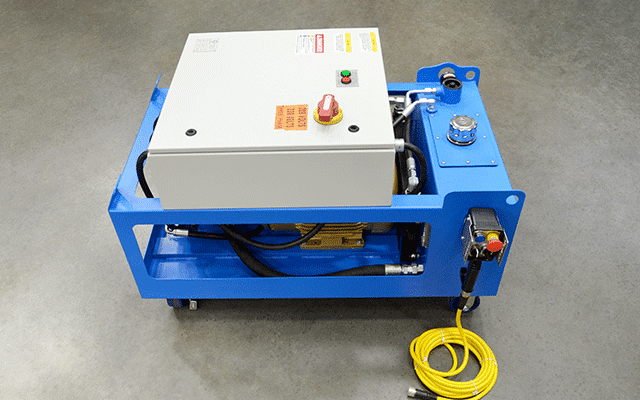COVID-19 increased the number of healthcare-acquired infections

Photograph: xavierarnau/Getty Illustrations or photos
A new report shows the coronavirus pandemic experienced a direct boost on the range of healthcare-aquired infections in hospitals nationwide.
Boosts were attributed to aspects related to the COVID-19 pandemic, like much more and sicker sufferers demanding much more repeated and for a longer time use of catheters and ventilators as well as staffing and source challenges, the report mentioned.
With dramatic improves in the frequency and period of ventilator use, costs of ventilator-affiliated bacterial infections greater by 45% in the fourth quarter of 2020 compared to 2019. The Facilities for Condition Handle and Avoidance evaluation located sharp improves in standardized an infection costs, indicating that the improves were not basically a reflection of much more units being applied.
“Infection handle practices in COVID-19 wards typically adapted to shortages of private protecting machines, responded to fear of healthcare personnel, and did not always lend on their own to improved an infection avoidance,” mentioned Drs. Tara N. Palmore and David K. Henderson of the National Institutes of Overall health, in an editorial accompanying the examine. “The results of the previous a number of decades, with continuous declines in costs of these (healthcare-affiliated) and device-related bacterial infections, more accentuated the upswings that transpired in 2020.”
The premier improves were for bloodstream bacterial infections affiliated with central line catheters that are inserted into huge blood vessels to supply treatment and other fluids around extensive intervals. Costs of central line bacterial infections were forty six% to forty seven% higher in the 3rd and fourth quarters of 2020 compared to 2019, in accordance to the examine.
From 2019 to 2020, important improves were also located in catheter-affiliated urinary tract bacterial infections ventilator-affiliated activities and antibiotic resistant staph bacterial infections.
The examine was published Thursday in the Modern society for Healthcare Epidemiology of The usa, citing information from the National Healthcare Protection Community and CDC.
“COVID-19 made a perfect storm for antibiotic resistance and healthcare-affiliated infections in healthcare options. Prior to the pandemic, general public overall health — in partnership with hospitals — correctly drove down these bacterial infections for a number of decades throughout U.S. hospitals,” mentioned Dr. Arjun Srinivasan, the CDC’s Affiliate Director of Healthcare Affiliated Infection Avoidance Systems.
WHY THIS Issues
The boost arrives following decades of continuous reductions in healthcare-affiliated bacterial infections.
“In a coronavirus ailment ward in 2020, avoiding a catheter-affiliated urinary tract an infection was possibly not always the foremost thought of healthcare staff,” the report mentioned.
All obtainable means were directed at reducing the risks of COVID-19 transmission in the healthcare facility, they mentioned.
“Nurses and doctors were seeking to conserve the life of surges of critically ill infectious sufferers whilst juggling shortages of respirators and, at instances, shortages of robes, gloves and disinfectant wipes as well,” the authors mentioned in their commentary. “Occasionally these endeavours went terribly mistaken.”
THE Bigger Development
For this evaluation, scientists applied information collected by way of the National Healthcare Protection Community, the nation’s premier healthcare-affiliated an infection surveillance system, which is applied by approximately all U.S. hospitals to fulfill neighborhood, state, or federal an infection reporting prerequisites.
As of 2018, the proportion of hospitals accomplishing zero infections declined dramatically due to the fact 2015, in accordance to a 2018 Leapfrog report.
Twitter: @SusanJMorse
E-mail the writer: [email protected]







